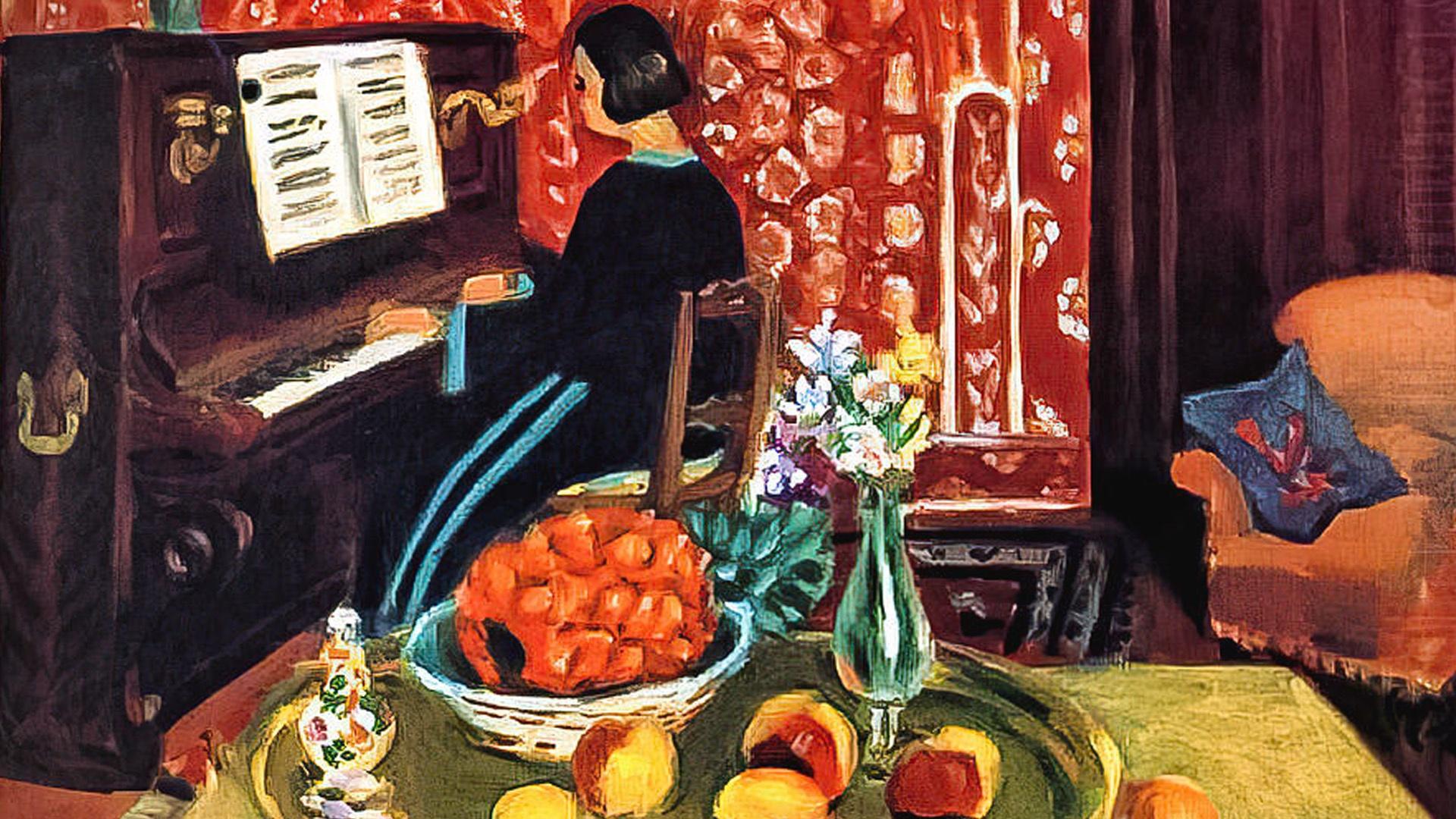Symphony vs. Concerto: What’s The Difference?
Classical Snack is a new feature here at WNED Classical that offers tidbits of information about classical music to enhance your listening experience. Each installment is a fun-sized treat - like a little Halloween candy that only takes two or three minutes to take-in and then move-on. Best of all, there are no tests, quizzes, or dirty dishes afterwards!
In this edition of Classical Snack, I’ll attempt to clarify the difference between two popular musical forms that we hear all the time on WNED-Classical – the symphony and the concerto. Of course, many readers already know the difference, but in case you don’t, here goes . . .
The symphony and the concerto are two classical music forms that have been evolving for centuries. Therefore, trying to pin-down precise definitions is dicey. That said, the traditional classical symphony by composers like Mozart and Haydn “stars” the composer and the orchestra. No single instrument is the “star.” The composer reveals their compositional prowess through the development of musical ideas that highlight the full orchestra’s expressive and technical capabilities.
The traditional classical concerto, on the other hand, “stars” a single instrument and soloist. The composer focuses on the expressive and technical capabilities of that instrument and soloist. The orchestra plays more of a back-up role.
So, in a nutshell, when you hear a work called “Symphony” on WNED-Classical, there probably isn’t a “starring” instrument or soloist. The composer and the orchestra are the “stars.” When you hear a work called, “Concerto” on WNED-Classical, there probably is a “starring” instrument and soloist, commonly piano, violin, cello, flute, oboe, clarinet, or trumpet, but it could be any instrument.
Bear in mind that these are generalizations; there are all sorts of exceptions depending on the composer and the historical era, but I hope that this Classical Snack clarified something for you in case you didn’t know.
Thank you for reading Classical Snack. If you have something about classical music you’ve always wondered about or would like us to clear-up, send it to me at mwimmer@wned.org. We’ll see what we can clarify together!



